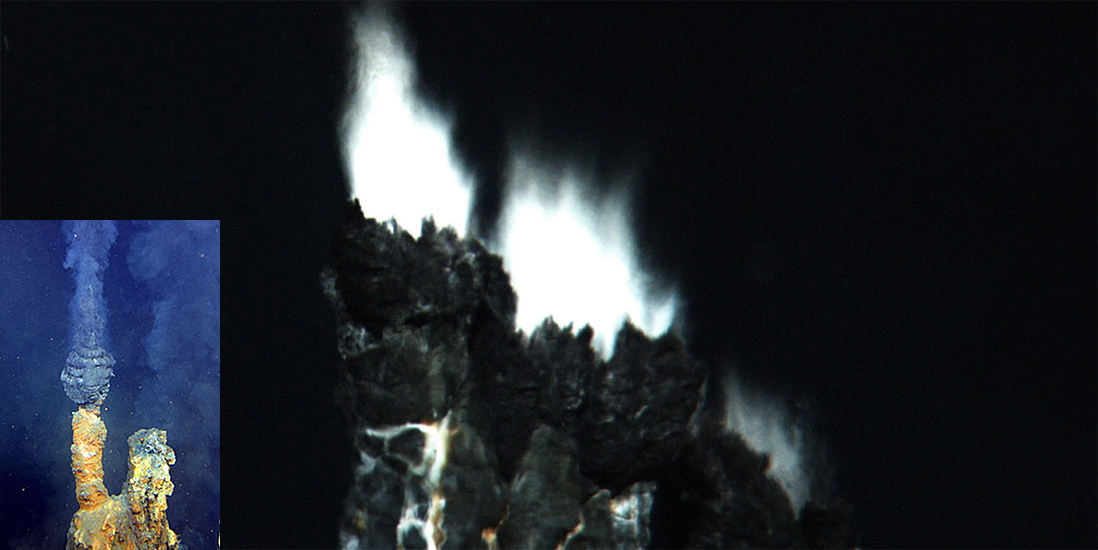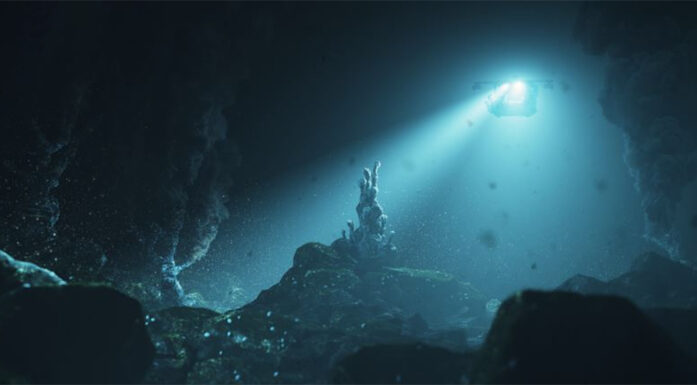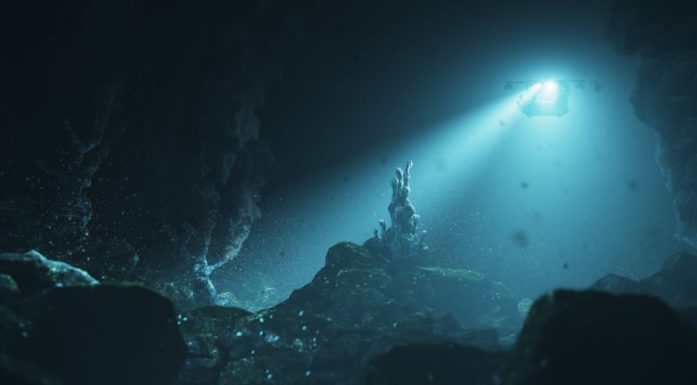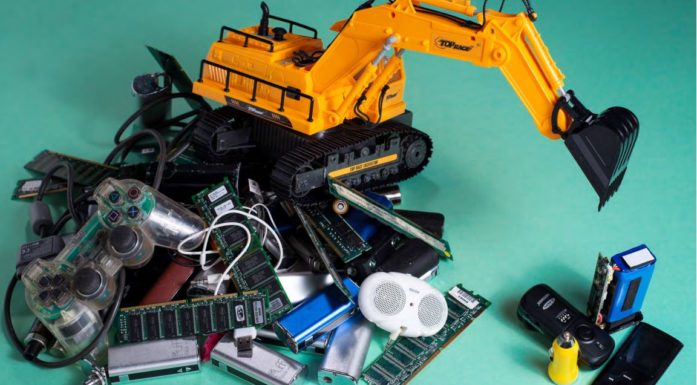Norway needs to know much more before actually mining the deep sea
Norway’s law on mining seabed minerals is too unclear, the knowledge base too flimsy, and the Storting’s White Paper on seabed mining does not hold water.
Seabed minerals first became known to science just 150 years ago, when the British HMS Challenger expedition raised manganese nodules from the ocean’s depths.
Only three years later, in 1876, Norway sent a scientific expedition to map the seabed in the areas that the Norwegian government has just now opened for exploration. At that time, little to no evidence was found of seabed minerals.
In the 1970s, countries across the globe, including Norway, had great expectations that seabed minerals would soon become a major industry. But hopes were dashed when mineral prices fell.
The few scientific investigations that have been conducted provide an inadequate picture of the conditions on the seabed, and assumptions about the industry’s technological ability and need for minerals may turn out not to hold water. Will the Storting now make the same mistake?
Seabed mining won’t just involve “scraping the seabed in very limited areas,” as the government has portrayed it.
NTNU has several academic environments that research seabed minerals, covering everything from geology and biology to economics and history. We have investigated whether seabed minerals can play a role in future mineral supplies, and if so, how, and under what conditions.
Our assessment is that the stepwise opening process approved by the Storting does not currently satisfy the requirements that must be set for a holistic, responsible and knowledge-based industry, that serves both the interests of nature and society.
The knowledge base is too flimsy, society’s needs are too poorly substantiated, and the Seabed Minerals Act is too unclear.
We lack basic geological information to define the possible deposits as resources in the defined study area, according to international reporting codes. This requires information from borehole samples from the seabed and geophysics.
Without this, the resource base has to be seen as speculative or hypothetical.
- You might also like: Norway will be the first in the world to approve seabed mining. Is it a good idea?
It will also be difficult to say anything about the choice of technology or what scope the operation must have based on the industry’s profitability requirements, and thus about the consequences. It is not just “scraping the seabed in very limited areas” as the government has portrayed it.
In marine biology, our knowledge about the existence, function and distribution of many species is either too poor or non-existent.
How will the ministry weigh negative environmental consequences against the hope of high profitability?
Over the past 10 years, we have developed good tools for mapping. But there is a great deal of variation in the seabed, so that there is much more work to be done before we can say anything about seabed ecosystems, the connections between them, and effects from external influences.
The societal need for minerals is based on projections of demand, price and scenarios for technology development with many possible sources of error.
Historically, fears of physical scarcity are often exaggerated, while predictions of market developments miss the mark. Advanced industrial societies have repeatedly proven to be less vulnerable to disturbances in the mineral supply than assumed.
As a result, it remains highly uncertain whether a supply of seabed minerals will actually lead to a more secure minerals supply chain.
The management regime that has been proposed takes little account of the special challenges of starting a completely new industry at great depths. The Seabed Minerals Act does not clearly differentiate between opening for exploration and opening for extraction.
- You might also like: Mining ocean treasures
The Storting’s Energy and Environment Committee now insists that the process will have several stages, with public consultation and consideration in the Storting. That’s better, but not enough. No one can understand the consequences of seabed mining, because we don’t yet know which resources will be extracted, and where or how.
Before we embark on this course, we first need detailed small- and large-scale spatial investigations. And how will the ministry weigh negative environmental consequences against the hope of high profitability? What does it take to say no?
The majority in the Energy and Environment Committee expect the opening process itself to provide knowledge about the consequences of seabed mining. Expectations are not enough.
If the government promotes seabed minerals as Norway’s contribution to the transition to a green economy, it must be a state responsibility to secure the necessary knowledge base. Private industry will hardly be able to obtain all the data needed for a holistic assessment.
One positive proposal is that a research programme be added to the Research Council of Norway. But strengthened R&D investment is not needed for the extraction itself, as stated in the report to the Storting, but must be carried out before opening for extraction.
The Norwegian plans create international attention and weaken our reputation. If Norway is to appear as a credible partner in the exploitation of the world’s oceans in the future, we must first show that we can manage our own sea areas based on sound knowledge and the precautionary principle.
Even with the proposed adjustments in the Storting’s White Paper, we must warn against opening the seabed to commercial extraction.
The majority in the Energy and Environment Committee expect the opening process itself to provide knowledge about the consequences of seabed mining. Expectations are not enough. First, we must have more research, more data, better knowledge and clearer frameworks for management.
If Norway is really to be a leading country for responsible management, we must first build a common understanding of the sea’s environmental values. We don’t have that today.
This Viewpoint was first published in Norwegian in Dagens Næringsliv and has been republished with their permission.





